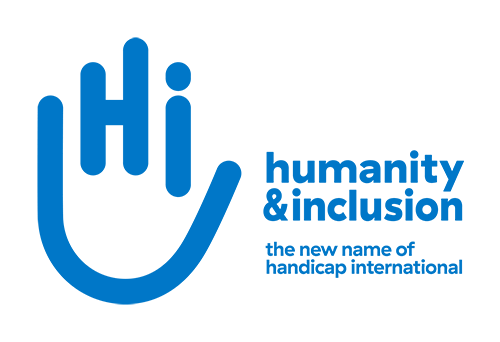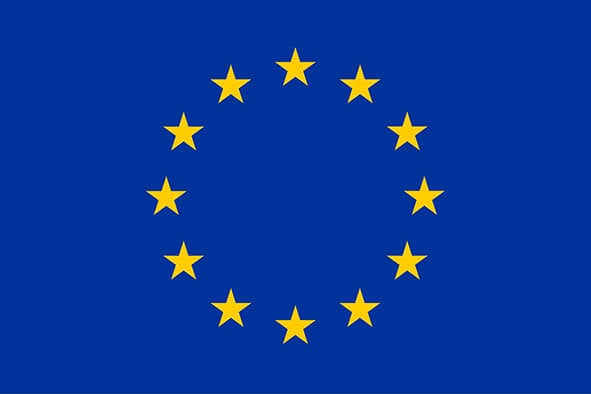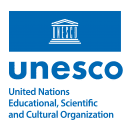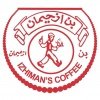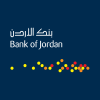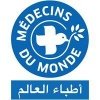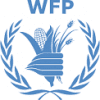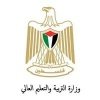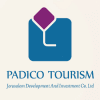Sustainable Tourism Management Plan
Background and Justification:
UNESCO Ramallah Office is implementing the project Support sustainable tourism through safeguarding, rehabilitation and promotion of the Agro-Cultural Landscape in Battir. The project is funded by the Italian Agency for Development Cooperation (AICS) and jointly implemented with the Food and Agriculture Organization (FAO), in cooperation with the Ministry of Tourism and Antiquities (MoTA) and the Ministry of Agriculture (MoA). The aim of the project is to promote agro-cultural tourism and enhance agricultural practices and agro-ecological production in the UNESCO World Heritage Site Palestine: Land of Olives and Vines – Cultural Landscape of Southern Jerusalem, Battir.
Since the inscription of the site on UNESCO’s World Heritage List, and due to its natural and cultural heritage attributes and significance, it has become one of the most important tourism destinations in Palestine attracting both domestic and foreigner tourists. To put in place a management mechanism, MoTA elaborated a Conservation and Management Plan (CMP) for the site tackling the main issues facing it. The CMP and other previous assessments have shown that the site suffers many challenges that are hindering an optimum experience for visitors, including, but not limited to, the poor and unmaintained tourism infrastructure and the little awareness of the potential the site has as a World Heritage Property. On the other hand, the controlled accessibility to the site, weak visibility and interpretation efforts, irresponsible behaviours of visitors around agricultural terraces, misutilization of its existing resources and products, misalignment between its cultural and natural assets, in addition to the scarcity of financial resources, all have a negative impact on the site and depreciate its unique potential.
Objective:
The desired impact of the project is to contribute to promoting sustainable tourism through managing and rehabilitating cultural landscape elements, and utilizing existing resources for tourism purposes in a manner that serves the local community while respecting the attributes and values of the World Heritage Property. For this purpose, and in the framework of this project, UNESCO is preparing a Sustainable Tourism Management Plan for the World Heritage Site that includes the villages of Battir and Hussan and their surrounding cultural landscapes. The plan is expected to:
If you have related experience and interested please CLICK HERE to check the tender document


